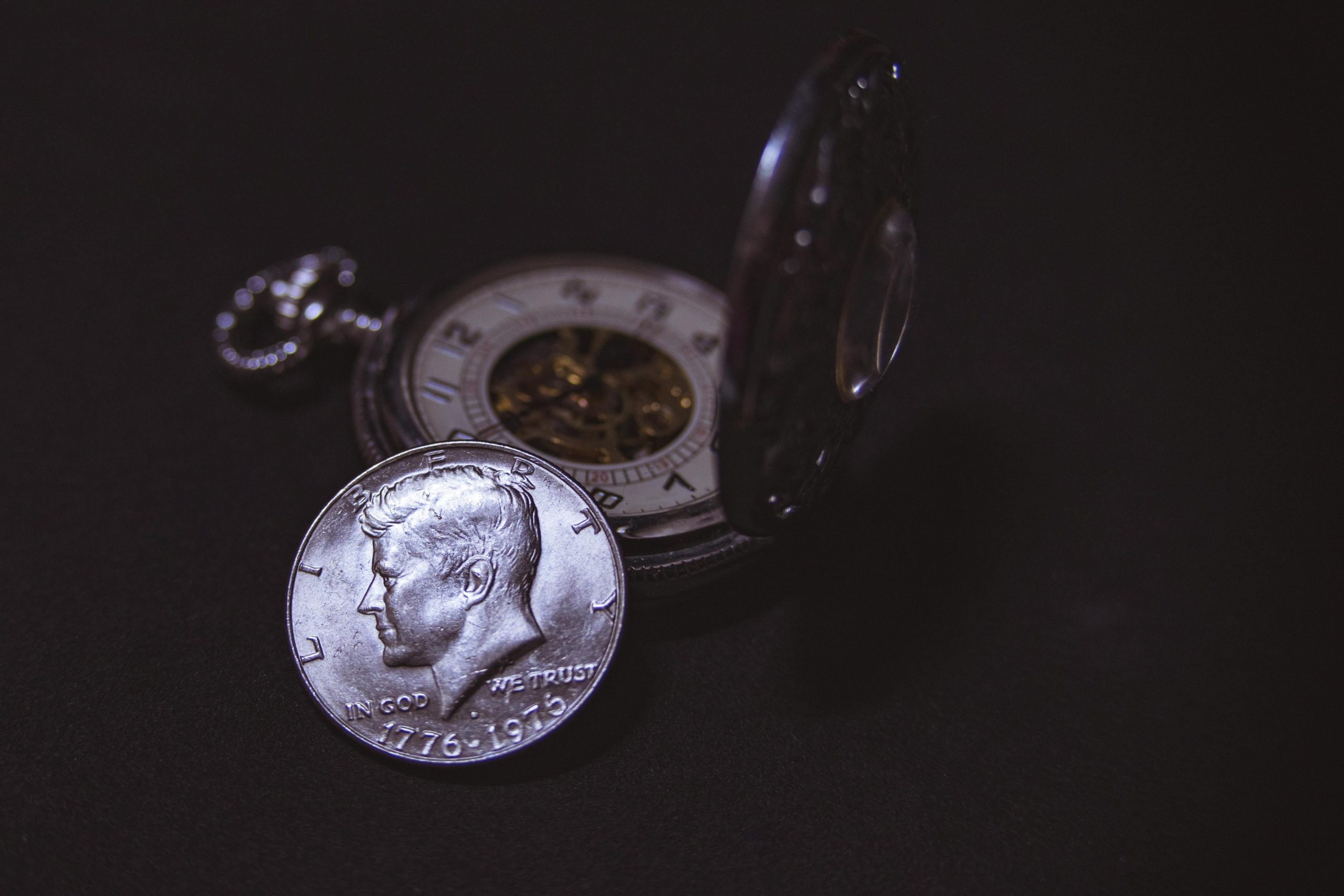Grocery coupons are seen as a wholesome, all-American way to save money. We associate them with careful budgeting and frugal housewives of a bygone era. However, behind this clean image lies a surprisingly “dirty” history of fraud, misuse, and organized criminal activity that has cost the industry billions of dollars. These problems didn’t end with the advent of digital coupons; they simply evolved. The battle between coupon issuers and those looking to exploit the system is ongoing. Here’s a look at the dirty history of grocery coupons and how it continues today.

The Origins: An Honest Promotion Turns Risky
The first coupon was often credited to Coca-Cola in 1887 for a free glass of soda. It was a simple, effective promotion. As coupons grew in popularity throughout the 20th century, a system of trust developed between manufacturers, retailers, and consumers. However, as the value of redeemed coupons grew into a multi-billion-dollar industry, so did the incentive for fraud. The system’s reliance on small, easily reproducible pieces of paper made it a target.
The Rise of Counterfeiting Rings
In the latter half of the 20th century, organized crime saw an opportunity in coupon fraud. Sophisticated rings began to produce high-quality counterfeit coupons for high-value goods, like diapers, formula, or expensive groceries. They would print millions of dollars worth of these fakes. These were then sold to illicit distributors or used by teams of “shoppers” to obtain goods for resale on the black market. Law enforcement, including the FBI, has conducted major stings to break up these multi-million-dollar operations.
The Problem with “Glitching” and System Exploitation
In more recent times, the focus of some fraudulent activity shifted to exploiting loopholes in retailers’ point-of-sale (POS) systems. This is often called “glitching.” Illicit online communities would work to find instances where a coupon code for one item would accidentally work on another, or where multiple digital and paper coupons could be stacked against policy to create huge, unintended discounts. Sharing this information allowed for widespread, coordinated exploitation of a system vulnerability before it could be patched.
Modern Digital and Printable Coupon Fraud
The internet made fraud easier in some ways. Scammers create fake printable coupons with high values that look legitimate and distribute them on social media. They also create fraudulent digital coupon accounts or use bots to clip and redeem offers far beyond their intended limits. While digital coupons offer better tracking, they are still vulnerable to sophisticated fraud. The methods have evolved from the printing press to the computer, but the intent is the same.
The Gray Market of Selling and Trading Stolen Coupons

A large gray market exists for buying and selling coupons, particularly online. While trading a few coupons with a neighbor is harmless, this market also includes the sale of coupons obtained illegally. This often involves entire inserts stolen from newspaper distribution centers or mailrooms. These stolen inserts are then sold in bulk online. People who buy these, even if they don’t know the source, are participating in a system fueled by theft.
“Sweethearting”: Collusion Between Cashiers and “Shoppers”
Another “dirty” aspect is internal fraud, sometimes called “sweethearting.” This occurs when a cashier colludes with a shopper (often a friend or relative) to manually push through invalid, expired, or counterfeit coupons. The cashier might override the system or pretend to scan coupons while providing cash back. This is a direct form of theft from the retailer, enabled by an employee.
How Fraud Hurts Everyone, Not Just Big Companies
The massive financial losses from coupon fraud are not just absorbed by large corporations. Manufacturers and retailers factor these losses into their business models. This can lead to several outcomes that harm honest consumers. It can result in stricter, more restrictive coupon policies for everyone (like limits on stacking or quantities). It can also contribute to slightly higher everyday shelf prices to offset the losses. Ultimately, all consumers pay a price for coupon fraud.
The Ongoing Battle and What’s Still Happening
Today, the fight continues. The Coupon Information Corporation (CIC) is an industry watchdog that works with law enforcement to combat large-scale coupon fraud. They investigate counterfeit rings and illegal online communities. Retailers continue to update their POS systems to close loopholes. Manufacturers are experimenting with more secure digital coupon formats. Despite these efforts, fraud persists. New scams and methods of exploitation are constantly emerging, proving that the dirty history of coupons is still being written.
The Importance of Ethical Couponing
The history of grocery coupons reveals a constant struggle between their intended use as a marketing tool and their potential for misuse and fraud. From organized crime rings to modern digital glitching, a “dirty” underbelly has always existed. This is why retailers have become increasingly strict with their policies. For the average shopper, it underscores the importance of using coupons ethically. Sourcing coupons from legitimate places and adhering strictly to their terms ensures you are part of the solution, not the problem. It helps preserve the integrity of a system that, when used honestly, provides valuable savings for families everywhere.
Were you surprised by the history of organized coupon fraud? How do you ensure the coupons you use are from legitimate sources? Share your thoughts on ethical couponing.
Read More
Grocery Clearance Tags Are Lying to You—Here’s Proof
When Coupons Backfire: The Hidden Costs of Over-Saving
The post Grocery Coupons Have a Dirty History—And It’s Still Happening appeared first on Grocery Coupon Guide.







